The Heretic Farmer: Jon Stevens’ Big Adios to Mainstream Ag
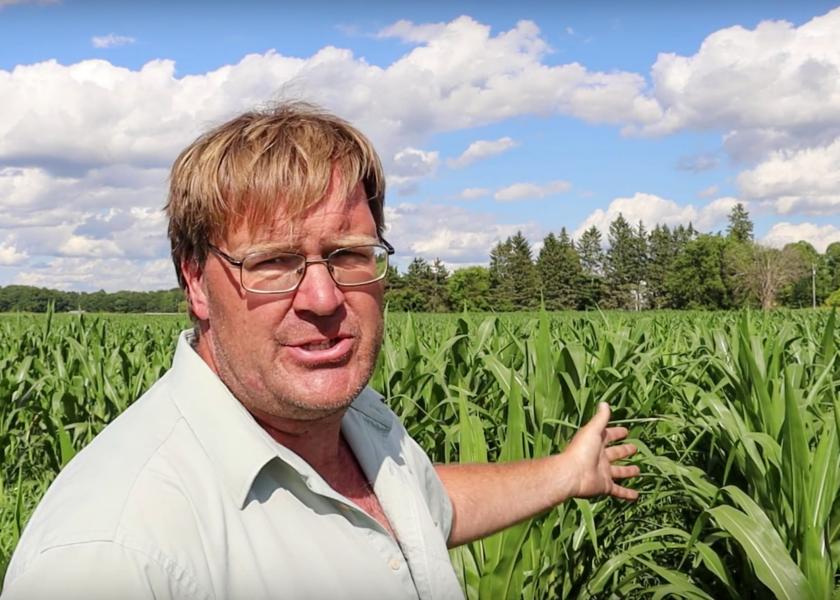
Sacred cows have no place on Jon and Carin Stevens’ farm. Brutally honest, warm-hearted, politically incorrect, and refreshingly blunt, Jon Stevens subscribes to none of the maxims of farming—except those borne out in his own rows. “I care about nothing, but what works best,” he says. “No agendas, no bandwagons, no mainstream, no so-called experts in ag media, no reliance on soil tests or retail prescriptions, and no crazy, self-congratulatory talk about feeding the world."
Since 2011, the Minnesota grower has transformed the farmland of his childhood through on-farm trials, input slashes, cattle introduction, tillage changes, direct marketing, and a leap into the world of YouTube. Stevens, 46, is an agriculture heretic and a comfortable contrarian: “Question. Question. Question. That’s just how I’m made. Don’t argue with me about the awesome changes I’ve seen on my ground,” he says. “You can argue with my logic and how I arrived there, but not the results.”
Faith No More
Technically, Stevens is a fifth-generation farmer, but in many ways, he started from scratch. The economic hazards of the 1980s wiped out his parents’ farming operation, including equipment and cattle, but the family held tight to the land. Stevens trained as a John Deere mechanic, and initially went into highway and bridge construction. In 2010, he got a farming toehold with a few rental acres, and by 2014, bought the family ground from his parents, Skip and Nancy. Today, Stevens keeps one foot in the rows, and one foot in Skip’s repair shop. “Except for a few oddballs, I’d say 99% of guys in my area follow mainstream agricultural practices. They work the ground in the fall, work it a few more times in the spring, broadcast their fertilizer, and do it all again. We’re too far north, too cold, and too wet to do anything else—except I’m the weirdo that knows that isn’t true and I don’t believe that crap.”
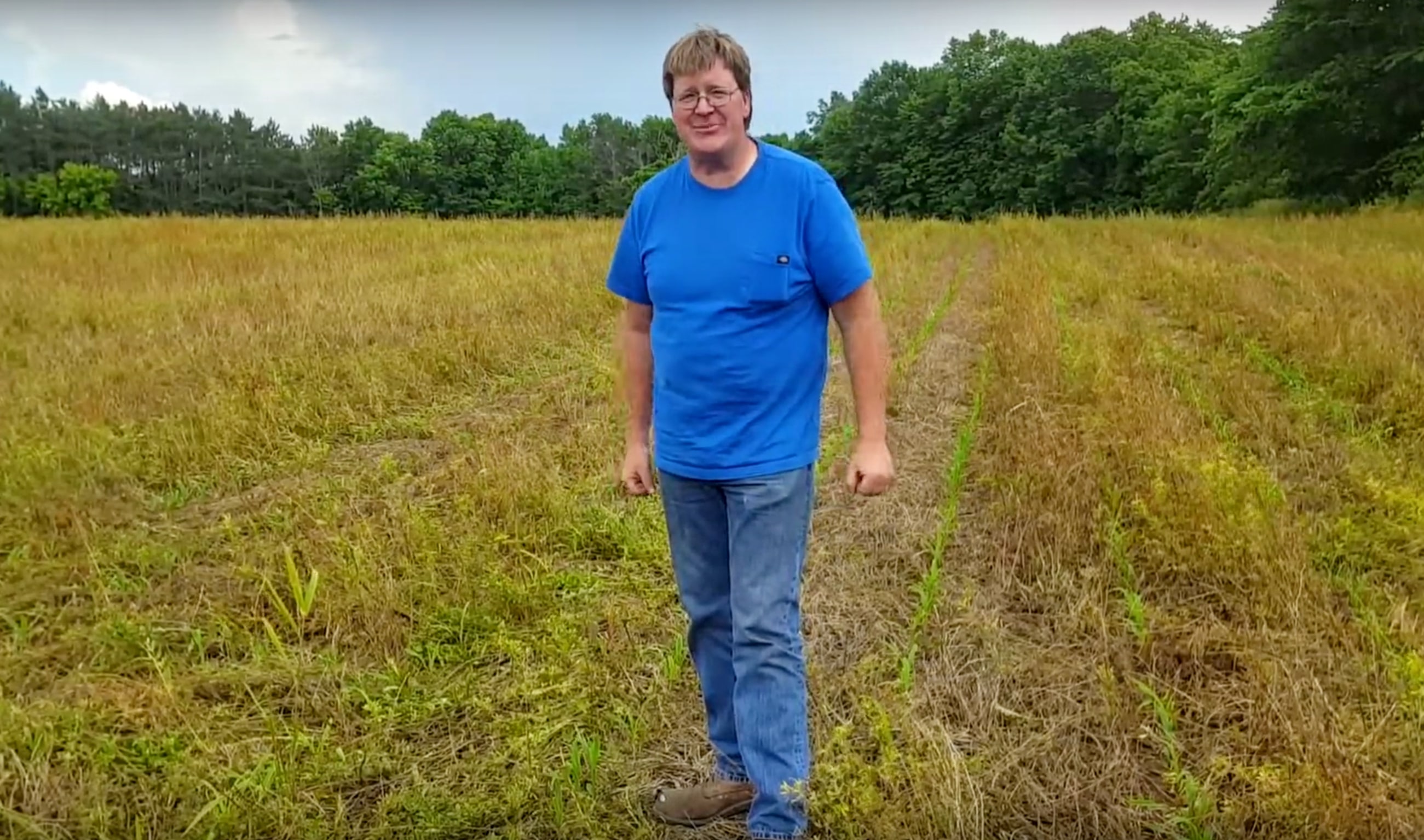
The Stevens’ home farm, just outside Rock Creek, in east central Minnesota, can catch a frost even in July or August, and sits on slightly rolling ground bounded by tree lines dating back to the mid-1800s. His main chunk of Pine County farmland runs a half-mile north and half-mile south, split by a sand ridge running through the middle of the property—roughly 10’ in elevation, as if nature tucked a roll of carpet beneath the middle of the fields. Stevens works a total of 700 acres and grows corn and soybeans in 9” of sandy loam atop an infinite supply of yellow clay. (His 9” of topsoil ranges from .5% to 3.5% in organic matter, with significantly low CEC in the tens and elevens.) “Other than the fact that we have no organic matter, no CEC, only a few inches of topsoil, no infiltration rate, and dirt that moves with water or wind, we have beautiful soil,” he says, wearing a grin while unleashing an infectious chuckle.
In 2021, as with every year, Stevens’ operation is a hive of unconventional activity: broadcasting phosphorus and potassium across corn and soybean acreage for only the first time in six years; growing 50 acres of peas for direct marketing into feed mixes for beef, pork, and poultry; strip tilling corn into alfalfa while testing 15” and 60” rows; adding more cattle grazing education; developing hay and pasture for a cattle retail section; starting nitrogen reduction trials; and continuing to build a YouTube audience. “I’ve lost faith in the modern farming template,” he says. “The whole goal of what I'm doing is to improve finances and quality of life on the farm because pennies fill the well. In my own way, I want to make farming great again and that means adding forgotten farming practices with modern practices, and connecting my farm with the community around me.”
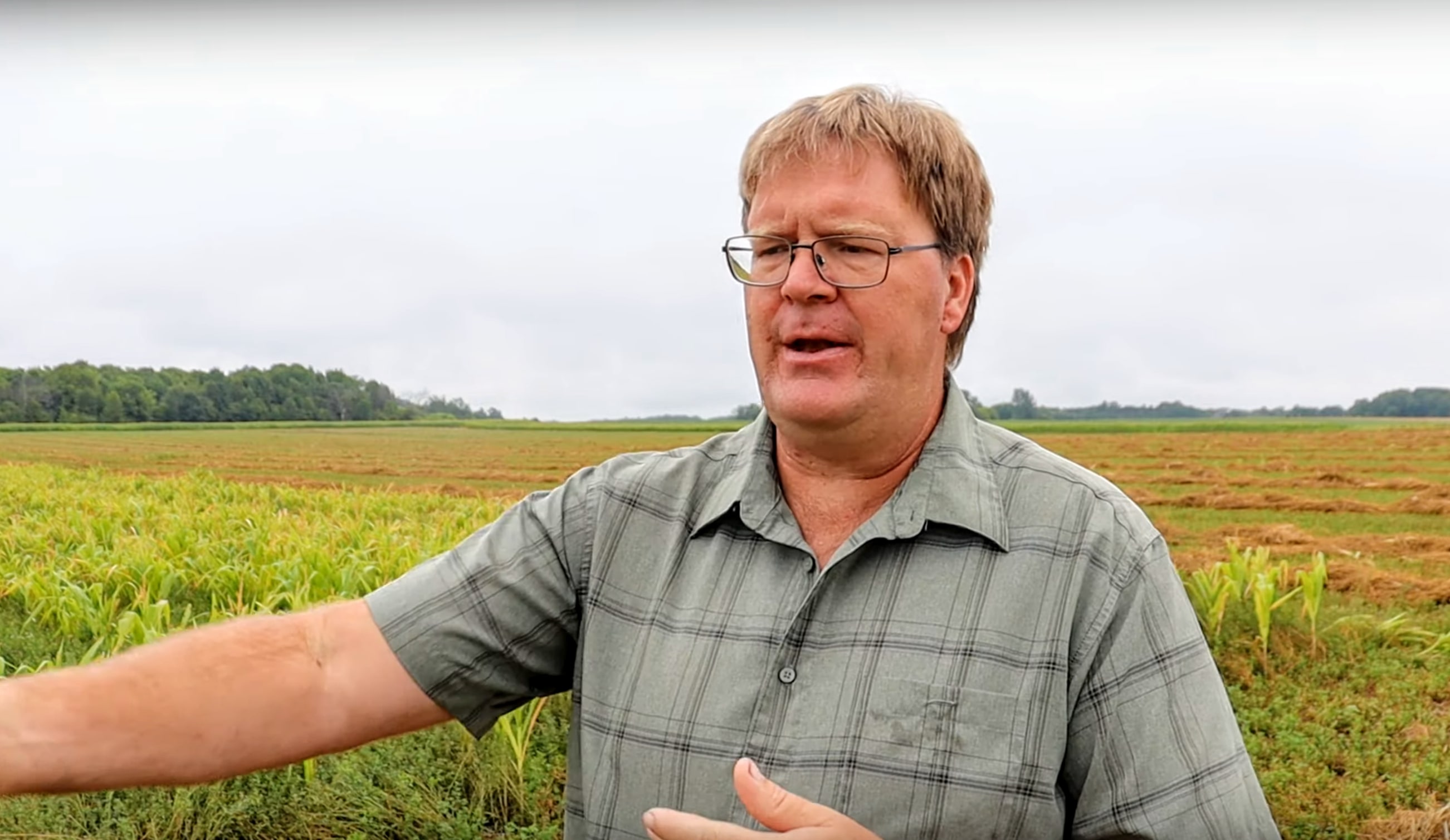
Stevens believes core farming lessons 75 years in the past have been lost, particularly in regard to nutrient acquisition. Essentially, he wants to emulate parts of yesteryear that might remain effective today, such as nitrogen sourcing. “Alfalfa and spreading manure meant a lot of guys never had to write a fertilizer check. There’s a lesson about how we approach the problem today, and don’t come at me about how 60-bu. yields from back then won’t feed the world of today. I got news for you: 200-bu. corn ain’t feeding the world either. It’s a commodity, not a food source, and I don’t care how unpopular I am for saying it or who gets offended.”
“If this is about feeding the world, why don’t we subsidize rice, wheat and oats? Why not mandate beef like we mandate ethanol? These are great questions for farmers and whether you agree or disagree, these questions need to be out there.”
First Liar Loses
In 2013, still in the initial years of his farming return, curiosity got the best of Stevens: He tried a few fields of no till, hoping to save money and prevent erosion. No grand soil health schemes, just an attempt to bring in more dollars. “My banker even told me the cash flow wasn’t there for a beginning farmer to buy equipment, land, and be conventional. I needed to find different things to work.”
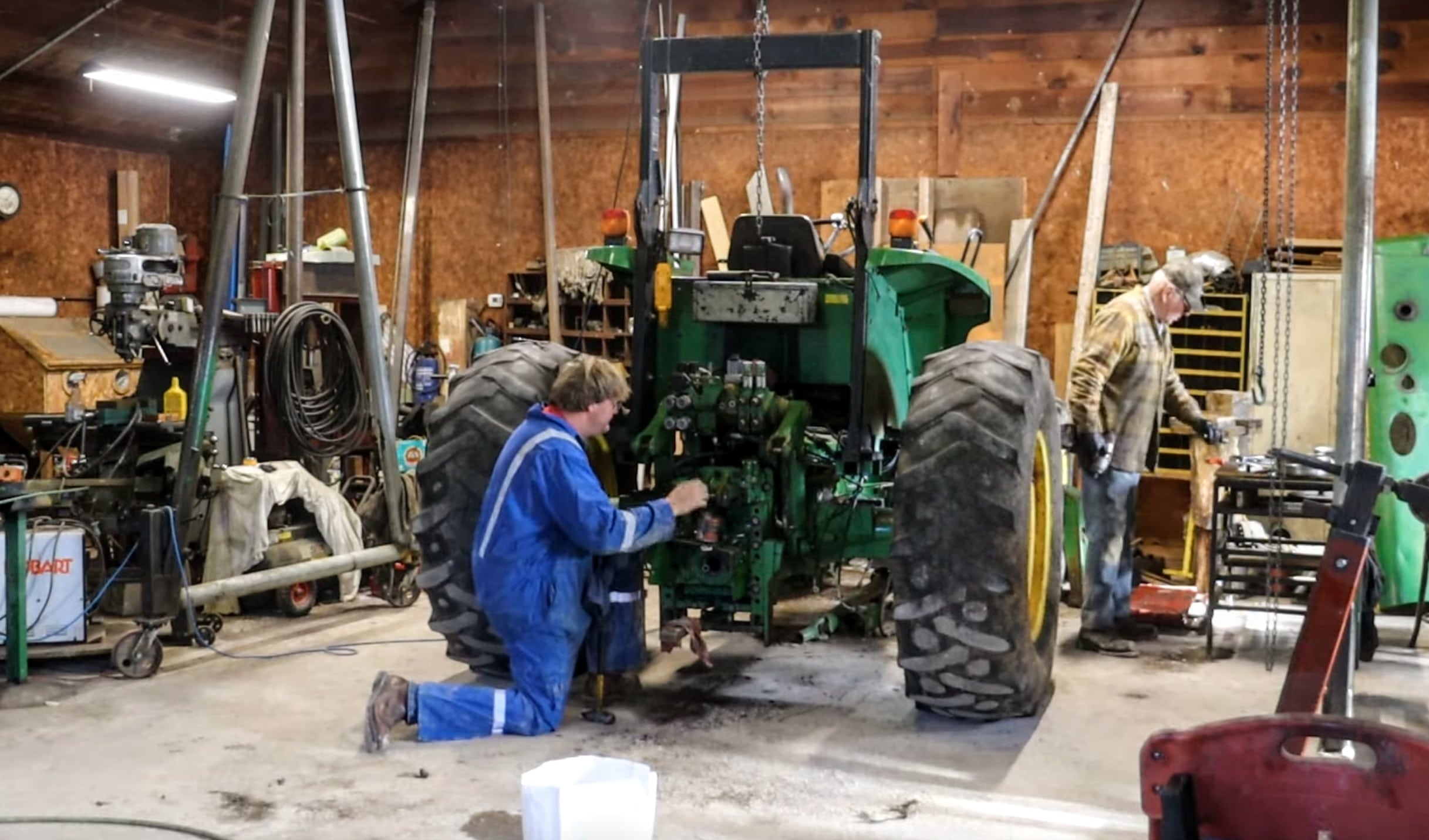
In the fall of 2013, Stevens maintained yield on the no till ground, but took in the benefit of time, fuel and labor savings. “I did it again in 2014, and thought no till was the greatest thing since sliced bread. All I did was drive around with a planter, but maintained yield again.”
In the third year, 2015, Stevens slammed into the no till wall—his ground turned to a dense brick and served up a big piece of humble pie. “Holy hell, what the crap happened to my soil? There was no core space and zero water infiltration, and winter annuals everywhere.”
However, the year held some major lessons. Prior to 2015, Stevens had utilized cover crops in several fields, and built a strip till machine to manage nutrient application. Further, during the season (and in 2016) he ran 39 side-by-side trials of no till, strip till, and conventional till, and a mix of fertility rates. “Even with all the no till problems that year, I could see that where we’d strip tilled, everything was so, so nice, and where we had covers things were nice. My brain started figuring things out.”
Essentially, Stevens’ 39 trials tested which system required the most fertilizer. And the results? The best cash flow showed up in no till soybeans with no applied fertilizer, according to Stevens. “The beans didn’t respond to broadcast NPK. Topdressing with AMS was hit-and-miss where one field might have zero response, and the other jump 10 bushels. End of the day, no till beans were best because we saw no response to the fertilizer inputs and no real yield difference compared to tillage.”
In corn, strip till and banded fertilizer was king, Steven explains: “Stupendous results with strip till, awesome stands, and cut P, K, and sulfur in half and never looked back, plus a lot of mechanical and labor savings in tractor hours.”
Granted, Stevens expected corn improvement by placing fertilizer in the root zone, rather than broadcasting, but he wasn’t anticipating a dramatically improved stand. Strip till fostered a tremendously better crop stand, he contends. Yellow dips departed and overall field averages showed strong consistency. Also, by banding sulfur preplant with strip till, he no longer needed a second pass of sulfur, and nitrogen responded to banding: “Conventional till broadcasting of urea produced much more firing and tip-back on the ears in the fall, but using the exact same amount in strip till, we got a much more green plant, less firing and less tip-back.”
By 2017, Stevens was banding nitrogen on the topdress side, and jumping on the results, with “seriously phenomenal” green corn heading into fall. He still ran the exact same amount of nitrogen, but produced 20 to 40 more bushels.
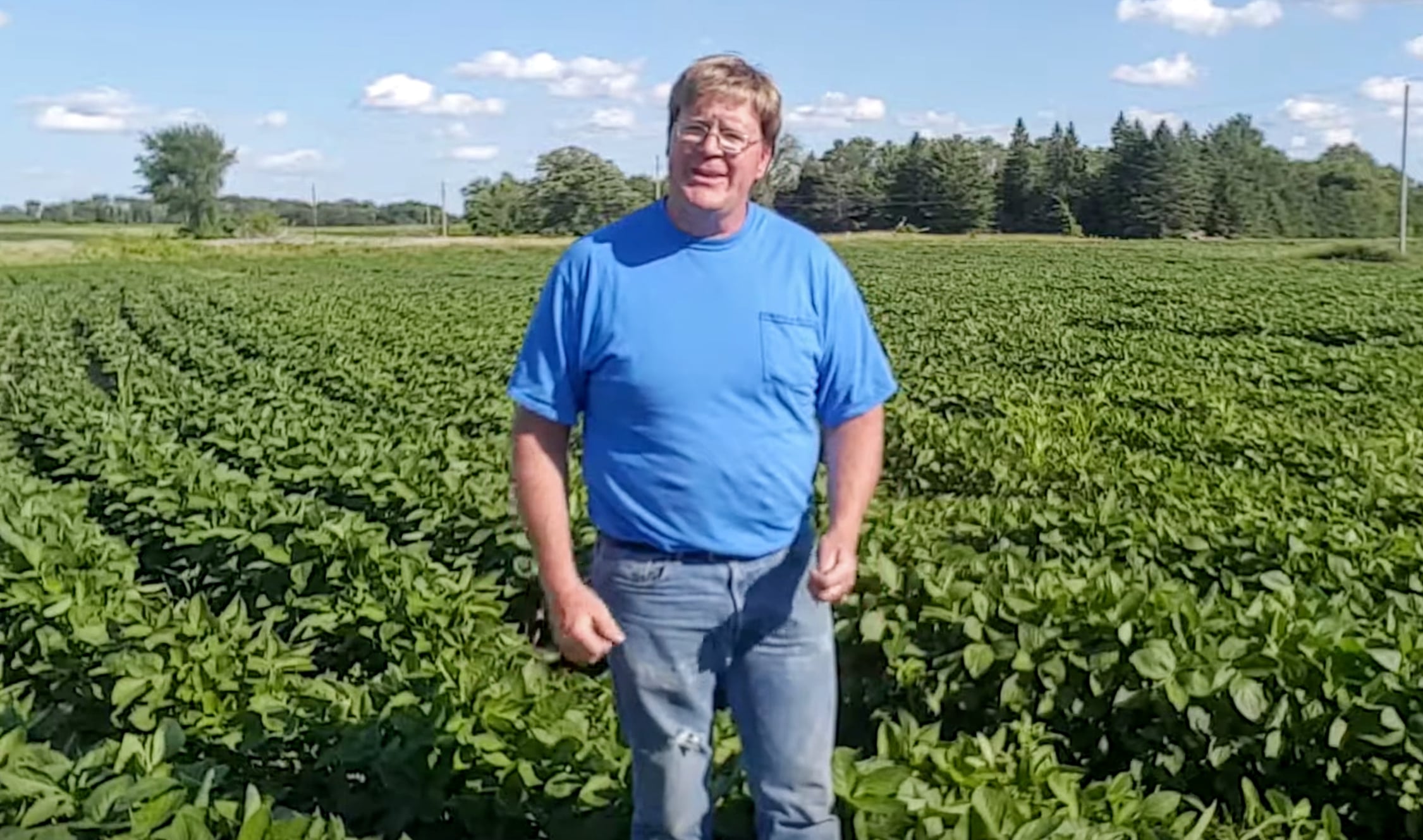
Generally, Stevens has reduced chemical inputs of all stripes. “I still do pesticides as an emergency, and we scout and use as needed. I’m not at Gabe Brown and Dave Brandt levels yet. While I’m transitioning, I still might have pest issues; no problem. It’s been several years since I used a fungicide, and I no longer need to use insecticide in furrow, but the next field I get, maybe I’ll use some.”
And yields? Since integrating nutrient reduction and tillage changes, grain yields are up across Stevens’ farm, he says. “Our yields just keep trending up, and there’s no need to talk numbers, because the first liar loses,” says Stevens, punctuating his claim with a wide grin and a belly of laughter. “Let’s just say David Hula better look out.”
Apostate
The majority of Stevens’ ground has been without phosphorus and potassium since 2015, but he applied both fertilizers in 2021, as a “maintenance application,” he explains. “It’s been a crazy time watching all of these cutbacks and seeing no deficiencies—so cool. For the first time in six years, I’m gonna broadcast P and K on some hay and small grain fields. On corn and beans, we’ll put P and K out with a sprayer, but only as maintenance, not to feed the crop. I’m not ready to zero out on purchased P and K, but the reduction has sure helped the cash flow.”
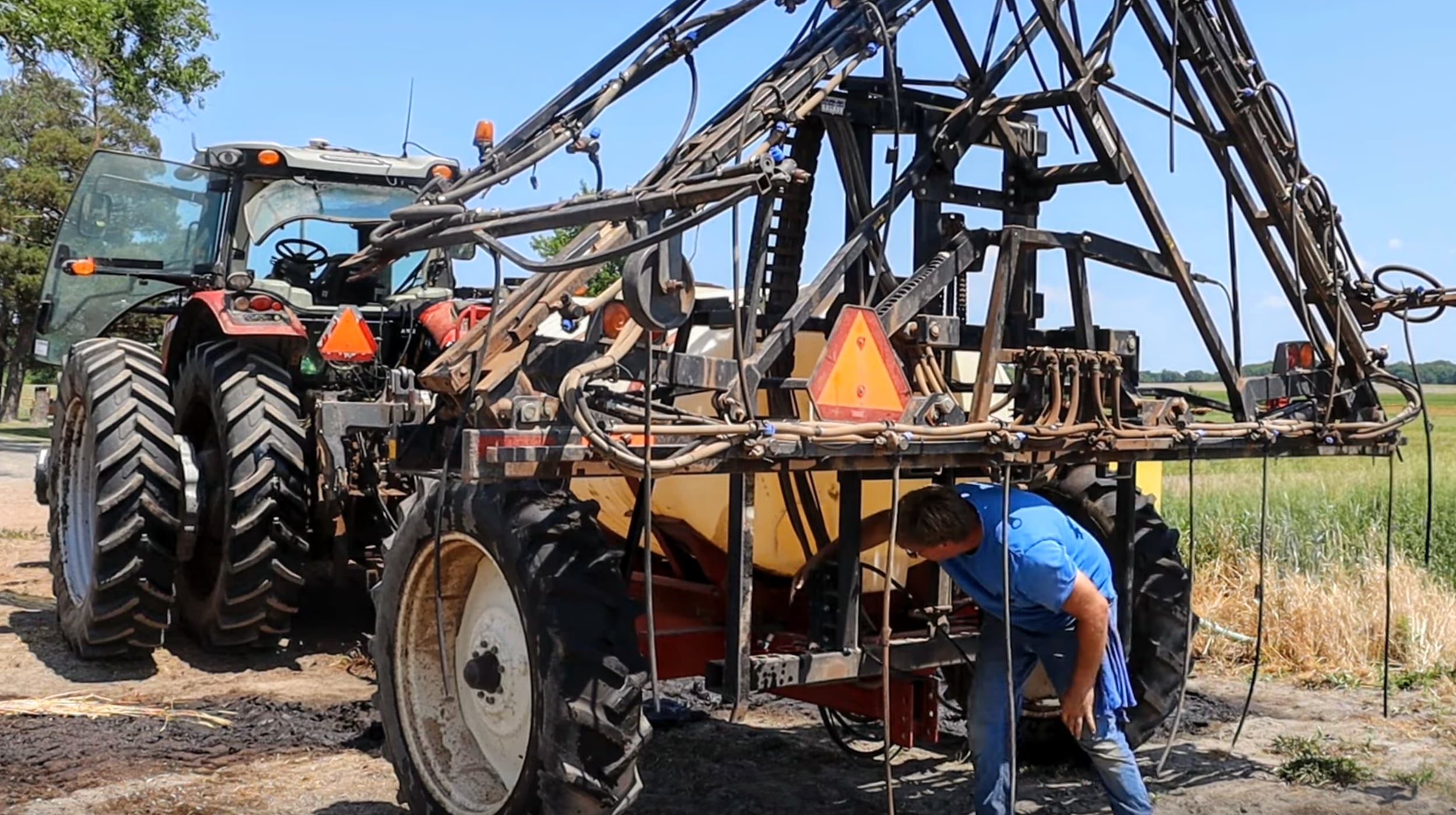
Stevens has no faith in soil tests. “That’s just a tool and I’m not gonna go broke trying to make pretty soil test numbers. In 2011, 2012, and 2013, I carried around a boatload of quotes from all the big experts in ag retail and media and I dreamed about the next plow I could buy. I was grid sampling my fields, always keeping up on soil samples. But now, after seeing the truth about fertility? I don’t care about a piece of paper that is just a snapshot in time.”
Even pH is drawing an apostate’s scrutiny from Stevens: “Retailers give you that cute chart with nutrients to the left and pH across the top. I just don’t have faith anymore and I wonder what is and isn’t a farce in agriculture.”
Jeremy Schultz, a long-time friend since grade school, who grew up on a farm and is currently a machinist in Morrison County, says Stevens marches to a maverick tune: “Innovator. Builder. Inventor. Jon is a great guy, and he’s a farmer comfortable in his own skin, and doesn’t care to be in the mainstream in any part of life; he’s just cut like that.”
“He’s never cared about what others think,” Schultz continues. “If he wants to know if something works, then his fields are the only place that counts, not opinions of other people. In the future, I guarantee Jon will continue changing his farm step by step, toward whatever it takes to make it work better. For sure, he’ll never sit still.”
“Hey, Fat Boy”
Farm savings across Stevens’ operation are substantial, he contends, extending to fertilizer amounts and efficiency, general chemical inputs, fuel, labor and mechanical investment per acre, timeliness across the farm, and consistency of activity behind rain.
The savings, he explains, triggered a deeper look into the soil. “We even fixed our water problem on the farm without tile, and that’s one of the places we were originally going. Mainstream agriculture told us to use tile, but we ended up with the water in our profile and not running off. In so many ways, the savings led me to soil health and not the other way around. I guess we didn’t find soil health, it found us. I started getting ideas from Sustainable Farming Association of Minnesota, Minnesota Soil Health Coalition, and Soil Health Partnership, and these are such good groups with great farmers that will help you or share.”
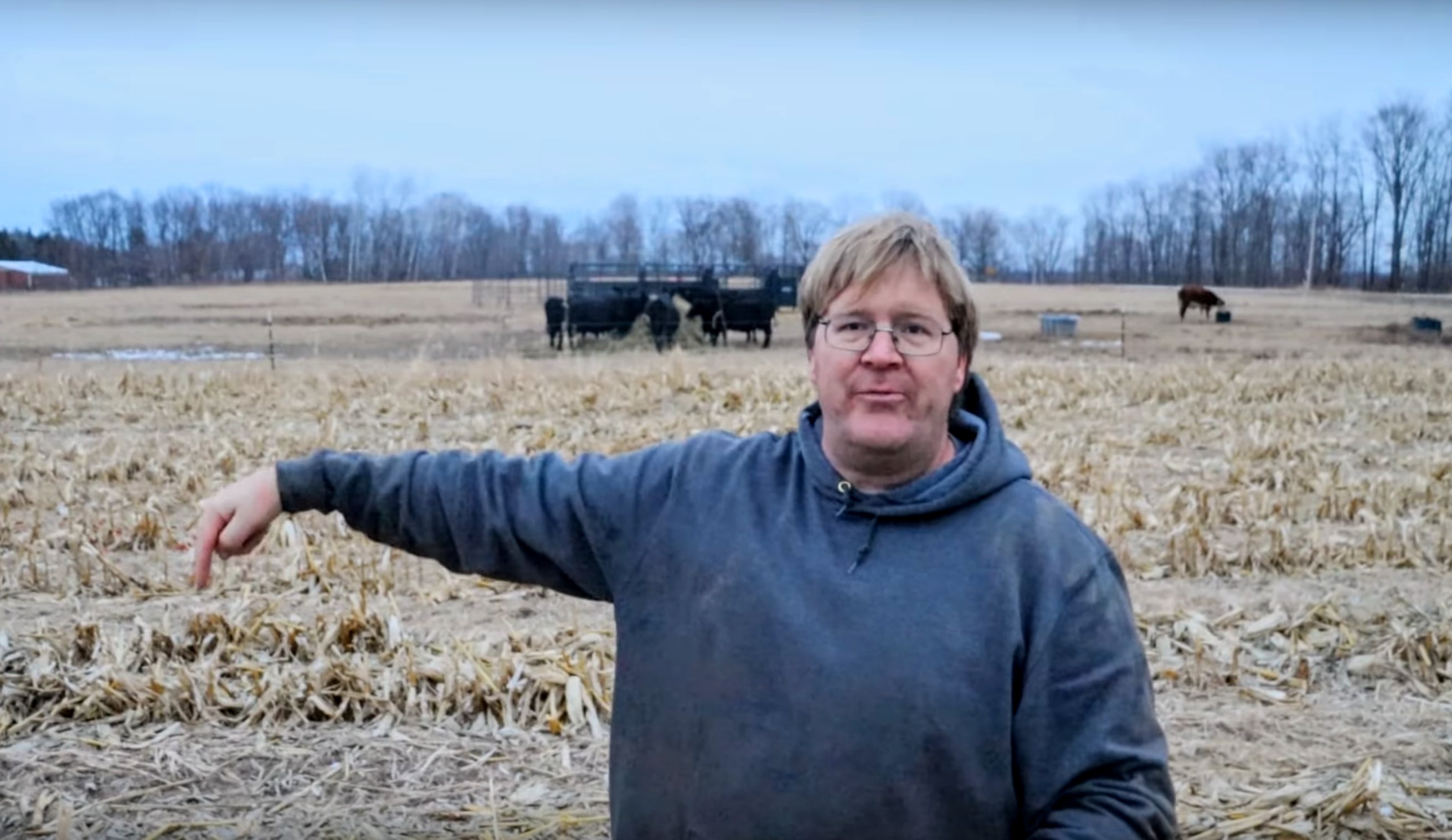
However, Stevens is a dollar-and-cents farmer, and keeps ideological absolutes off the table. His approach is a “gradual weaning” of farmland: “In the meantime, when my ground needs synthetics, I’ll provide all that are needed, but that is not a long-term solution. Just like my body: If I have high blood pressure, I get a pill, but it’s not a cure. If my doctor really wants to cure my high blood pressure, he’d say, ‘Hey fat boy, start exercising and quit going to the drive-through. That’s how I am with my land; I want a long-term cure.”
In 2017, Stevens’ efforts toward strip till, no till, cover crops and fertility management began to snowball and grew into a unique system of success, with room for greater diversity. Stevens added cattle in 2018, starting with 10 cows and a bull, and has a five-year plan to have every field around the home place in fencing and water (enabling cattle rotation). “I’m taking Greg Judy’s advice and not spend money on registering—only on genetics to give me nice animals.”
In a nutshell, Stevens wants to use livestock as variable rate fertilizer. Projecting numbers, he believes approximately 200 head would be an ideal herd to move across his operation, providing nutrient-rich manure and making ground viable for row crops. “I’d also like to supply my own butcher and retail store to sell my own meat, then work with other farmers to sell their products, and work with local businesses and restaurants. I want to do more with my ground than just grow corn and beans, sell my P and K to China, and then buy all my P and K from Russia again. I want out of the cycle.”
No till hasn’t affected Stevens’ planting populations for corn or soybeans. Each year, he has trial plots dotted with soybeans at 50,000 to 100,000, and has recorded positive results, but until more data is collected, he’s sticking with a go-to rate of 130,000. In 30” corn, his sweet spot is 32,000-36,000.
Strip tilling corn into alfalfa, and adding nitrogen, but no herbicide, is a big goal in 2021. One side of the same field will include 60” rows, and the opposing side will feature 15” rows. “I’m gonna push the limit of population on 15” corn, feed N a little early, but then have it feeding off the alfalfa for the rest of the year.” Pared down, Stevens will total the revenue from the first cutting of alfalfa, corn harvest, and cattle grazing—trialing the economics of the setup. (Another of Stevens’ major 2021 goals is a first run at biological use to begin a long-term record of the effect on yield and soil.)
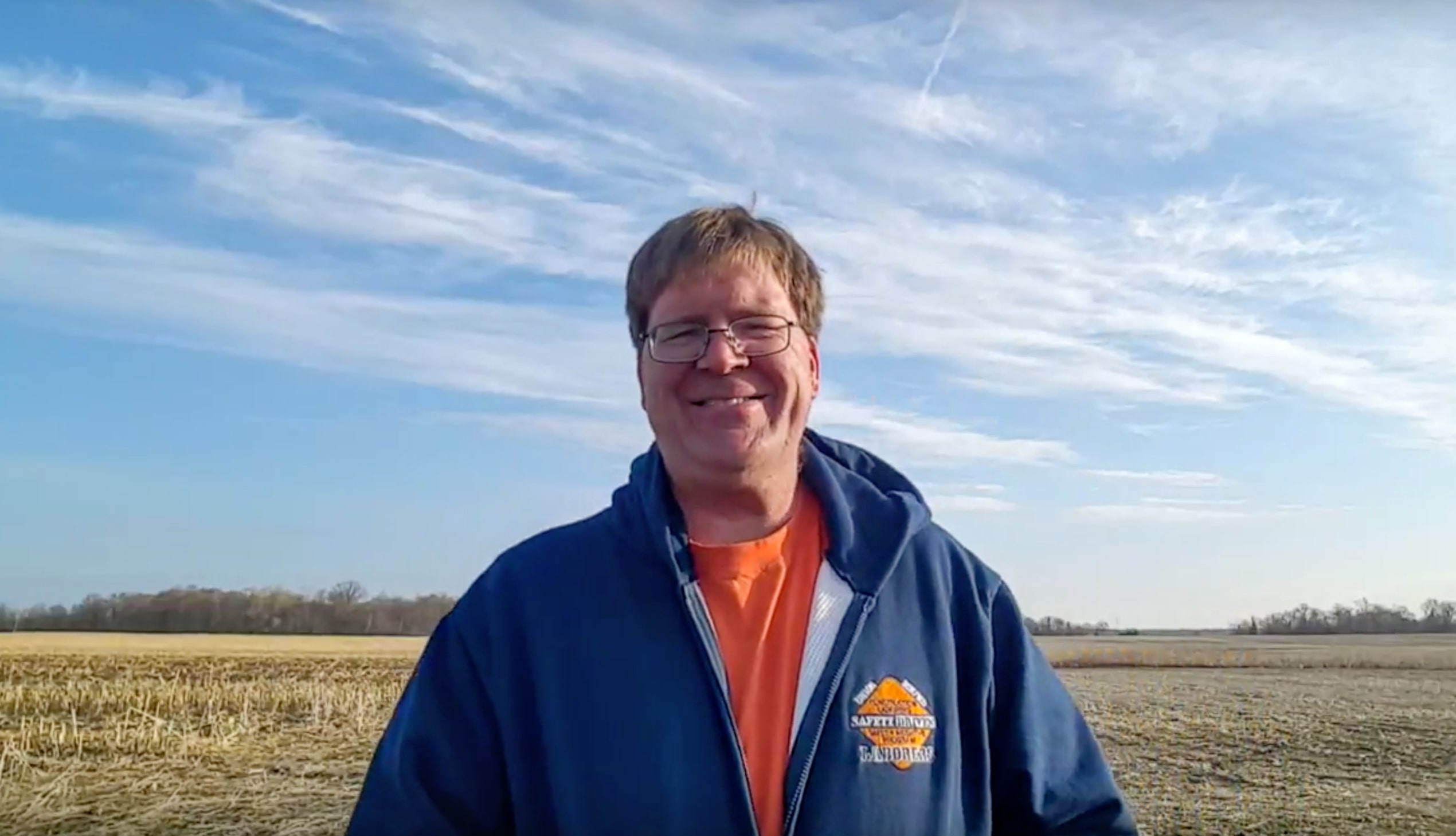
Ultimately, Stevens hopes to cut out applied nitrogen and only grow corn where nitrogen is already present—a gargantuan task, but one which he believes is possible through the previous presence of a legume, green fallow, and manure. “Maybe some guys see me a lunatic—so what? Life is too short to worry what others think. I’d like to be the first guy to hit 300-bushel corn in no till and cover crops, and I’m not afraid to try. We all need our pipe dreams.”
YouTube Farmer
Prior to working off-farm in his father’s shop, Stevens worked in city areas, and consistently rubbed elbows with urbanites who knew almost nothing of farming basics. Stevens responded by filming his fields with a smartphone and taking the footage to town to answer simple questions about soybean planting or corn harvest. His efforts became a YouTube channel, initially intended to show consumers alternatives to mainstream farming. Instead, his channel gathered a consistent audience of fellow farmers. “I shared my story and farmers started watching across the globe, and all I was doing was showing what had been done in the past and how I hadn’t invented a thing.”
Stevens has high hopes that his YouTube channel will eventually help other farmers. “I’d love for the channel to get big for one reason: create a grant program for beginning farmers, or pump scholarship money toward someone. Imagine if there was a farmer in genuine need, and every subscriber contributed $10, and we could impact someone for the good. I’m just telling my story and I don’t care about subscribers except in one future regard—maybe we can help a struggling farmer.”
Quality of Opinion
Less than 10 years after changing the direction of his farmland, Stevens says his ground is thriving. “I love my soil now, because water infiltrates so well, and carries equipment great, even a day after heavy rains. Every farm is unique, and that’s why convention must be questioned all the time. Farmers don’t need more popular ideas that don’t challenge, and they don’t need more mainstream opinion; they need quality of opinion.”
Convinced he’s on the road toward a farm in harmony with the past and present, Stevens is stoked to continue down a maverick’s path. “My long-term goal is to be here farming and learning, paying off debt, being successful with a traditional family farm with everything from row crops to specialty items to cattle, and providing food to my community.”
No matter what comes down the pike, expect the plainspoken Stevens to keep questioning every facet of farming. “Oh, yeah. I’ll never stop poking around to find out how things really work, no matter how crazy it sounds at first. I don’t mind being a farming heretic.”
For questions or to read more stories from Chris Bennett (cbennett@farmjournal.com), see:
While America Slept, China Stole the Farm
Where's the Beef: Con Artist Turns Texas Cattle Industry Into $100M Playground
The Arrowhead whisperer: Stunning Indian Artifact Collection Found on Farmland
Fleecing the Farm: How a Fake Crop Fueled a Bizarre $25 Million Ag Scam
Truth, Lies, and Wild Pigs: Missouri Hunter Prosecuted on Presumption of Guilt?
US Farming Loses the King of Combines
Ghost in the House: A Forgotten American Farming Tragedy
Rat Hunting with the Dogs of War, Farming's Greatest Show on Legs
Misfit Tractors a Money Saver for Arkansas Farmer
Predator Tractor Unleashed on Farmland by Ag's True Maverick
Government Cameras Hidden on Private Property? Welcome to Open Fields
Farmland Detective Finds Youngest Civil War Soldier’s Grave?
Descent Into Hell: Farmer Escapes Corn Tomb Death
Evil Grain: The Wild Tale of History’s Biggest Crop Insurance Scam
Grizzly Hell: USDA Worker Survives Epic Bear Attack
A Skeptical Farmer's Monster Message on Profitability
Farmer Refuses to Roll, Rips Lid Off IRS Behavior
Killing Hogzilla: Hunting a Monster Wild Pig
Shattered Taboo: Death of a Farm and Resurrection of a Farmer
Frozen Dinosaur: Farmer Finds Huge Alligator Snapping Turtle Under Ice
Breaking Bad: Chasing the Wildest Con Artist in Farming History
In the Blood: Hunting Deer Antlers with a Legendary Shed Whisperer
Corn Maverick: Cracking the Mystery of 60-Inch Rows







